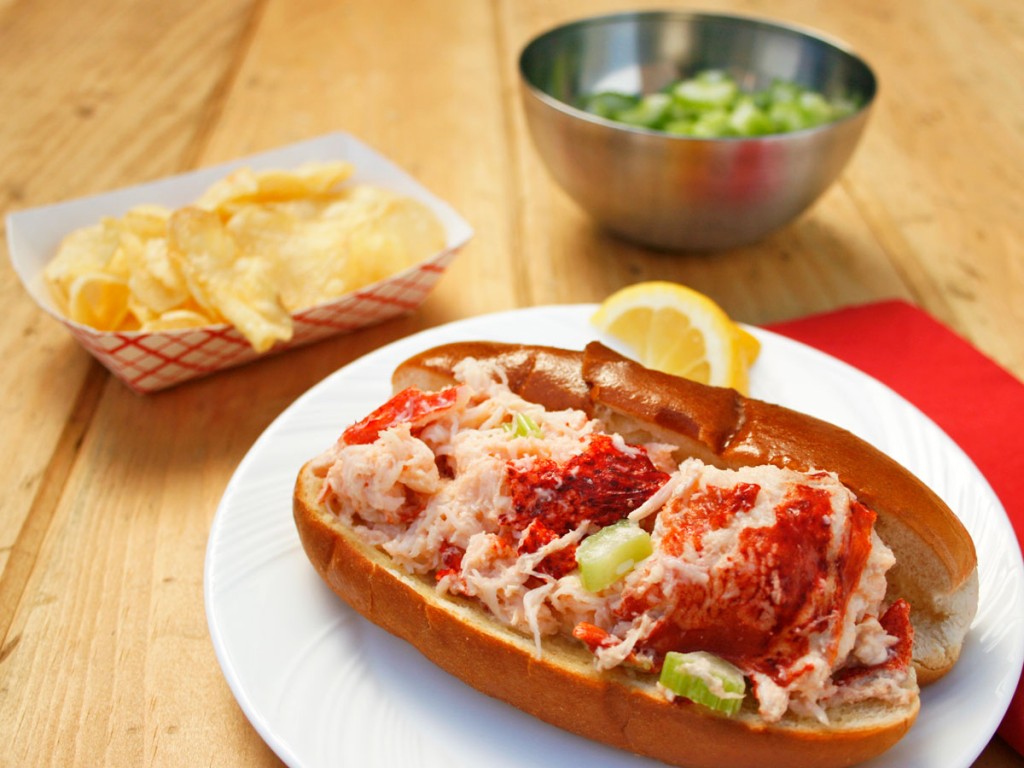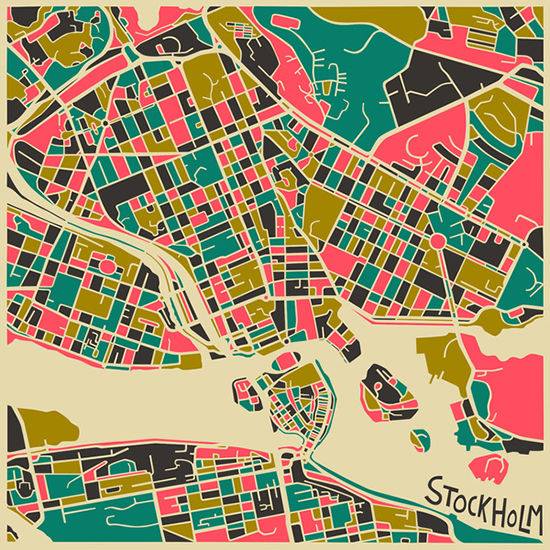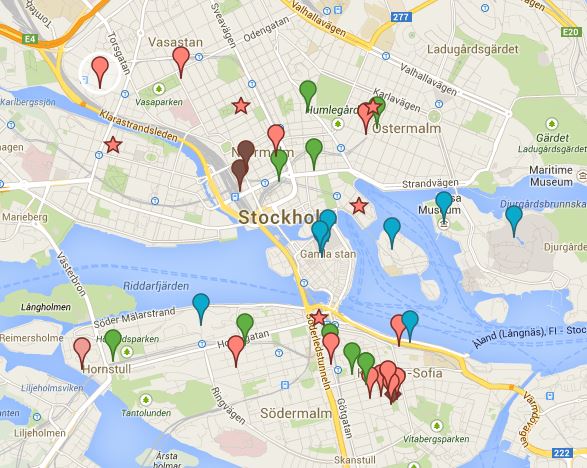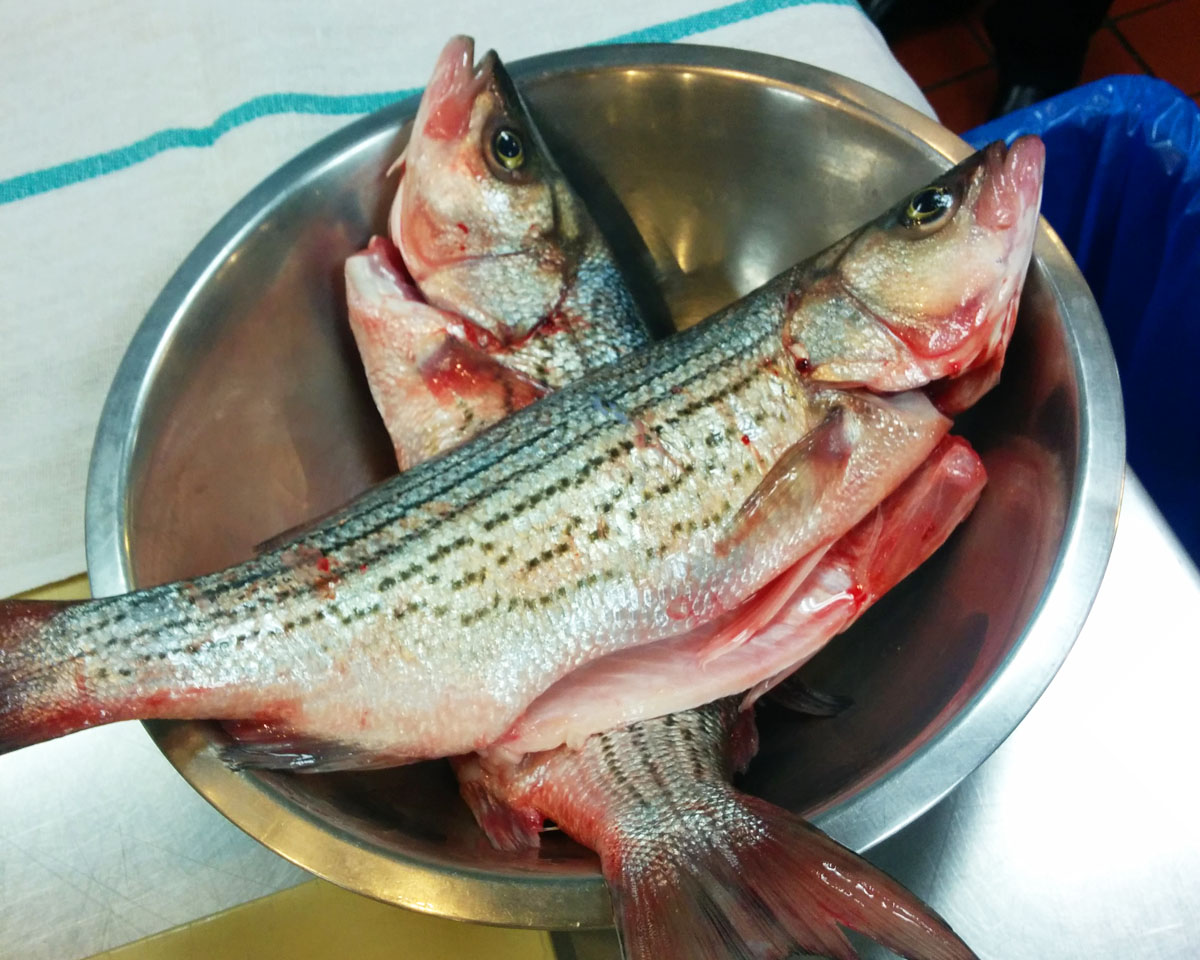
Dear readers, I have a confession to make: while I work in the seafood industry and am an avid seafood lover, I have never filleted a fish. It’s not for a lack of opportunity per se. The thing is, I was raised in an Asian family where the policy on fish was, “If you can’t pick out the bones, then you don’t deserve to eat.” So we cleaved our fish into large steaks or steamed it whole, with a splash of soy sauce over a shower of ginger and scallion strips. It was simple and satisfying, no need to get fancy.
Which brings us to Fish Week, or lessons 8 and 9 at culinary school. “What’s wrong with just buying filleted fish?” someone asked. “Nothing,” replied Chef Ray, “except that you don’t really know how fresh it is. Unless they fillet it in front of you, you can’t check the eyes, the gills or the skin. You can only smell it for freshness. Hell, you don’t even know if it’s the fish they say it is.” We mulled that over. “This lesson was originally written so that each team fillets a fish together. But that’s silly, what’s the point of filleting just half of the fish?” said Chef Ray. “I ordered enough fish so that each of you can fillet one round fish and one flatfish. Let’s get to it.”
In just a few deft motions, Chef Ray slit the striped bass along its spine and gently removed a fillet. “Use long, smooth strokes guys. Don’t saw at it, and make sure you bend your knife so that it scrapes against the bones,” he instructed. You could hear his blade rasping against the spine. After both fillets were removed, Chef Ray slid his knife between the meat and skin, and gently stripped it away. What remained was a perfect slab of fish, pink and well shaped. It looked simple enough.
“Remember to always check the freshness of the fish before you start!” said Chef Ray. “Clear eyes, taut stomach, bright skin, gills full of blood, no fishy or off smells.” I blotted my fish with a clean towel to dry it, and began snipping off the fins with kitchen shears. “Watch out for the spikes in those dorsal fins, they can really hurt!” warned Chef Ray. With my fish knife (thin, flexible and very sharp), I began slicing against the spine. Wait, is that bone or meat? Why is the skin not slipping off? I glanced across at my partner’s fish; he’d already finished his fillets and was cleaning his carcass of entrails. “Five more minutes!” said Chef Ray. I hurried to remove the skin and yank the remaining pin bones out with pliers. Two fillets sat on the cutting board, mangled by cuts and disappointment.
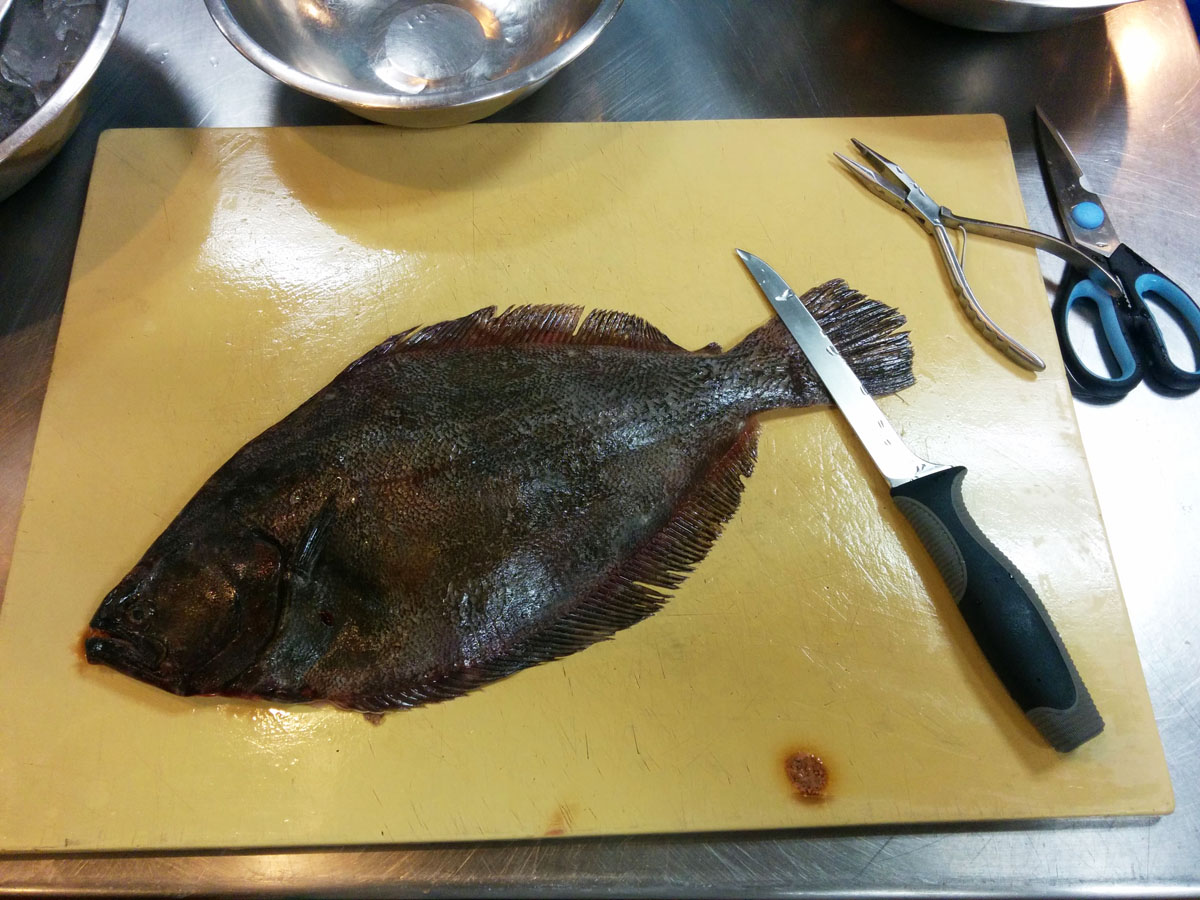
The process for filleting flatfish is a little different than for round fish. Flatfish have four fillets, not two, and swim horizontally, with their bellies parallel to the seafloor. You begin by slitting down the center of the fish, following the spine, then take out two fillets from the top of the fish, and two from the underside of the fish. It’s much easier to fillet a flatfish and the fins are floppy, so you can’t stab yourself inadvertently. After tackling my flounder, I was left with four ragged but mostly respectable fillets, and a carcass which would be used for fish stock.
Continue reading Good Thing There’s Sauce: How to Butcher and Cook Whole Fish →
